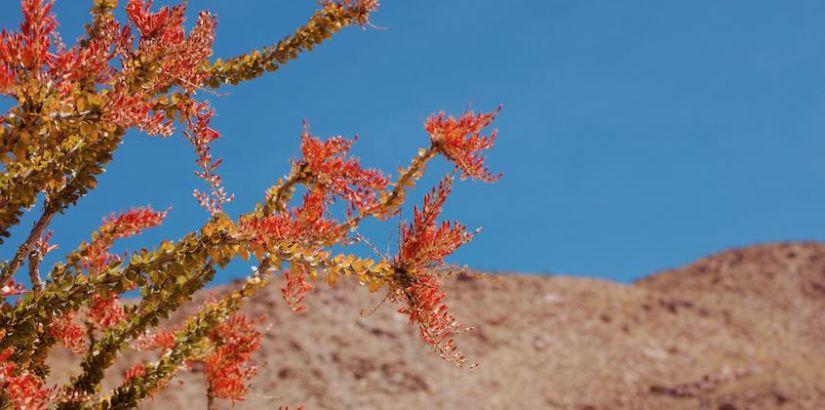5 Tips for Using Self Storage in the Desert
From the Sonoran to the Mojave and everywhere in between, there’s nothing like life in the desert. There’s also nothing like using self storage in the desert. Most self storage advice is tailored for hot and humid climates like Houston or cool coastal climates like San Francisco. But if you’re renting a storage unit in a place like Phoenix, Las Vegas or Palm Springs, advice about humidity and rain doesn’t really apply to you. Here’s some advice that does:
Ask About Air-Cooled Units
Climate control means something different when renting a storage unit in the desert. Often when you’re looking for a storage facility, you’re looking for a place that will keep your items cool during the hot summer months. If you live in a place like say, Tucson, you’re probably well acquainted with the phrase “Excessive Heat Warning.” Temperatures in the 90’s, 100’s and—god forbid—the 110’s can really damage electronics, wine and other items in storage. That’s why you need to look for an air-cooled or temperature controlled storage unit. These keep items at room temperature even when it’s sizzling outside. If you live in Nevada, finding quality air-cooled storage is especially easy due to the fact that it’s a misdemeanor for a facility to advertise climate controlled storage without disclosing the temperature range.
Don’t Forget About the Cold
If you’re a longtime desert dweller, you know how frustrating it is when people assume that your hometown is scorching hot year round. In fact, desert climates can often experience surprisingly cold winters and drastic changes between daytime temperatures and nighttime temperatures. In Moab, Utah, it’s not uncommon to see summer daytime temperatures in the low 100’s and nighttime temperatures in the low 70’s—that’s a 30 degree difference. Make sure your storage facility of choice is equipped to handle cold as much as they are equipped for heat.
It’s a Dry Heat
You’ve heard the above phrase before, and it’s true. The biggest challenge when using self storage in the desert is the arid climate. Self storage facilities in humid climates take precautions against moisture, which can cause rust, mold, mildew and rotting. Dry air can cause problems too though. If you’re storing leather, wood, artwork or photographs, an extremely arid climate can actually cause these items to dry out and crack. If you experience this and then move to a more humid climate, you may see items such as leather furniture come back to life when reintroduced to a setting where there is moisture in the air. Talk to your storage facility about the steps that they—and you—can take if you are storing wooden or leather furniture as well as art and family photos.
Watch Out for Desert Critters
One great thing about living in the desert? No mosquitos. One bad thing about living in the desert? Scorpions. Pest control should still be a concern when using self storage in the desert. Before renting a storage unit, always ask what steps the facility takes to prevent bugs and rodents from entering units. A good storage facility should partner with an outside contractor who is well-versed in understanding the types of insects and rodents that affect your region. Ask for specific information on how often exterminators are on-site. This is especially important during the summer months in the desert, when ant, scorpion and cockroach infestations spike. Do your part by keeping perishable items out of storage and ensuring that all of your belongings are clean before you pack them.
Stay Hydrated During a Move
If you live in the desert, you will likely have to move on a hot day at some point. You can consider renting an indoor storage unit to make the loading and unloading process more bearable, but you should also take the time to ensure that you are well hydrated, properly dressed and equipped with sunscreen. Drink at least half of your body weight in ounces per day (i.e. if you weigh 150 pounds, you should drink at least 75 ounces), alternating with sports drinks to replenish electrolytes. Wear loose, light-colored clothing and reapply sunscreen every two hours. Sweat evaporates in the desert, so remember, just because you’re not sweating doesn’t mean you’re not losing moisture.




